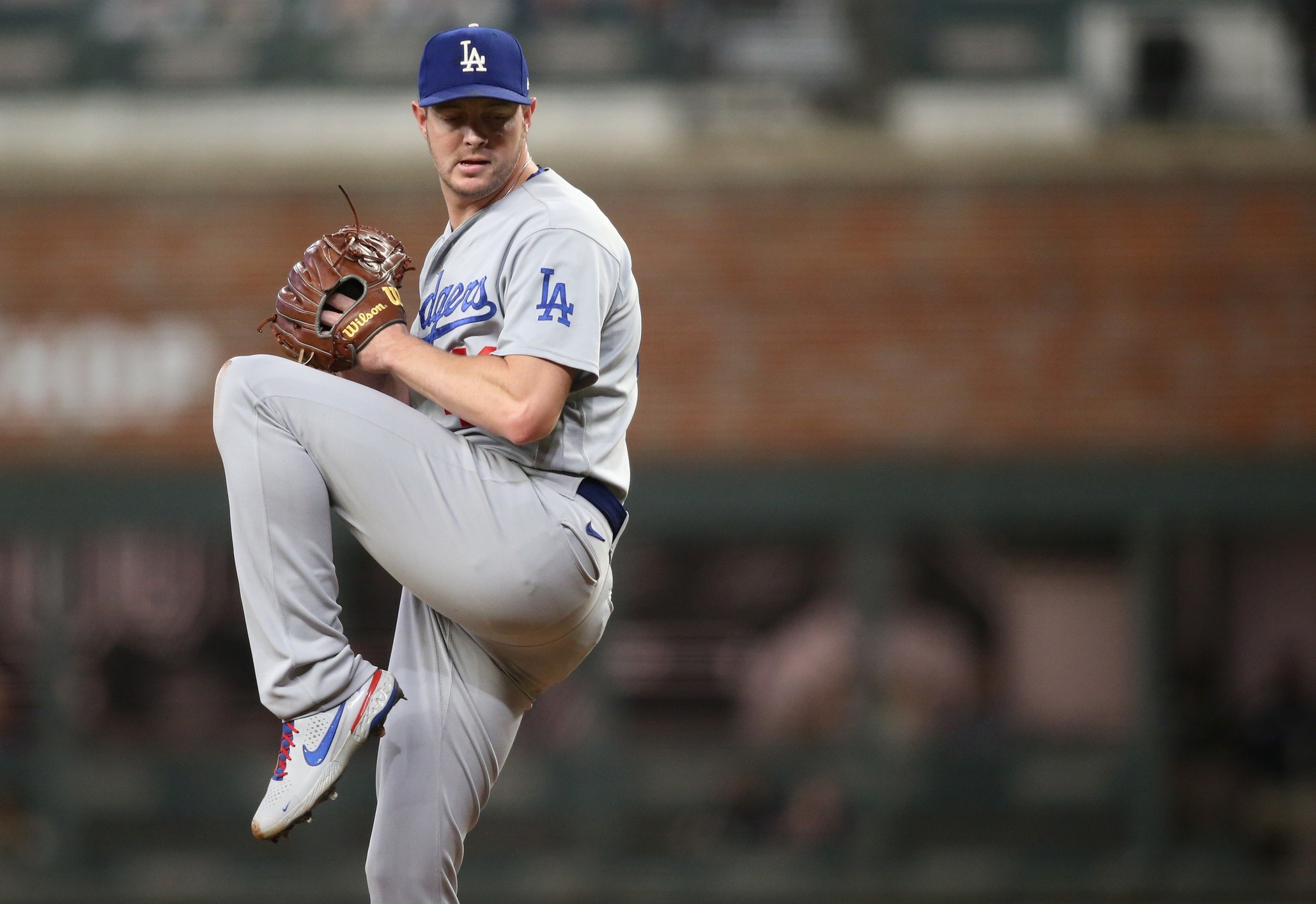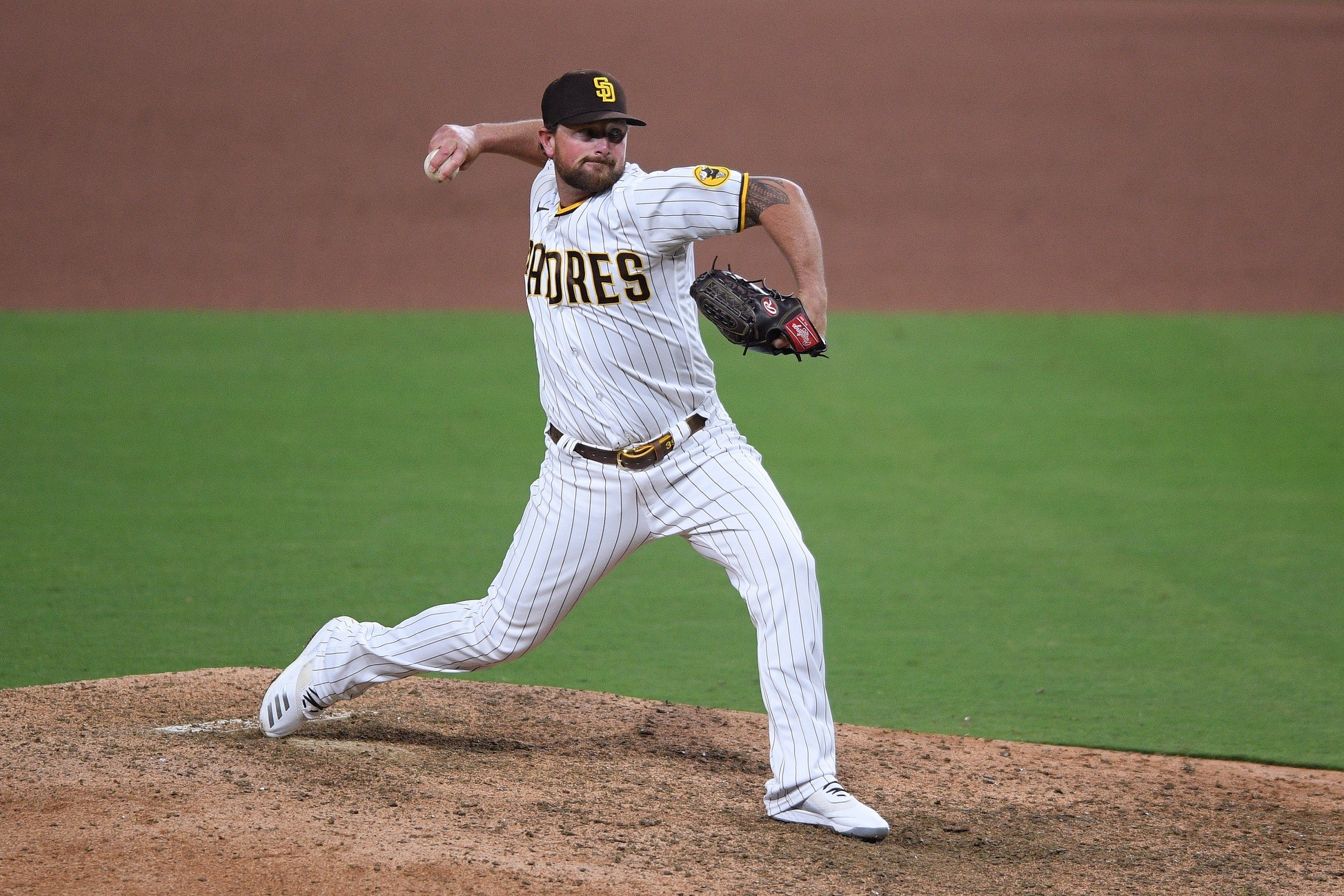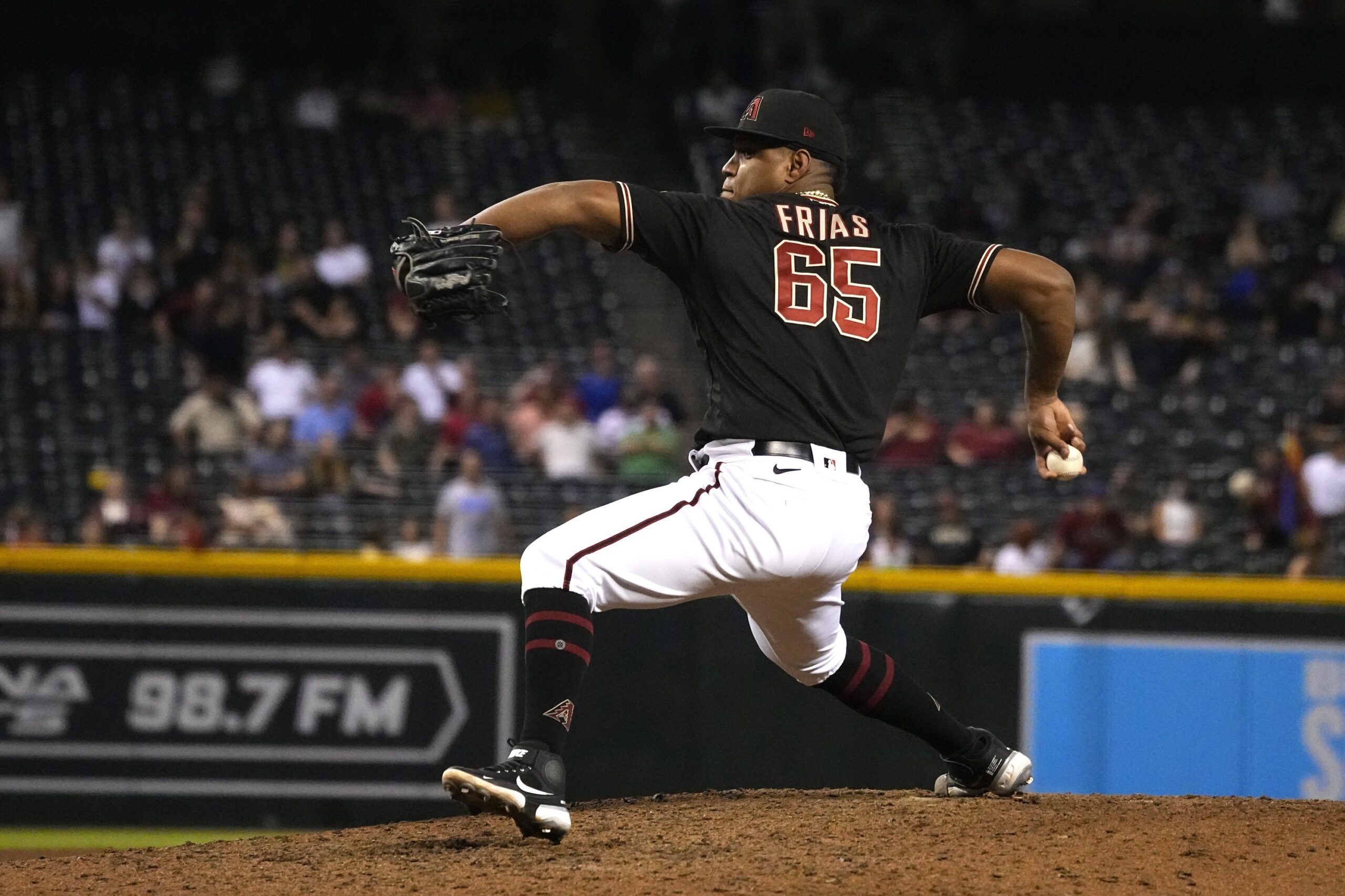© 2025 ALLCITY Network Inc.
All rights reserved.

Since joining Major League Baseball in 1998, the Diamondbacks have held their own with a World Series title, five division titles and even a Hall-of-Fame pitcher wearing their logo on his way to Cooperstown.
There’s one thing the D-backs have almost never gotten right in their time as a big league franchise: the bullpen.
We saw this firsthand in 2021, when the team’s bullpen ranked 28th with a 5.08 ERA, and 30th with –1.2 fWAR. That’s right, the team’s bullpen was below replacement level.
It wasn’t much better the previous year, when the bullpen posted a 4.60 ERA with –0.3 fWAR.
This isn’t just a two-year blip on the radar. Since the team’s inception in 1998, D-backs relievers rank 29th in baseball with 43.1 fWAR. Only the Detroit Tigers’ bullpen has been worse in that span.
Based on fWAR, the Diamondbacks have had a top-10 bullpen just once in franchise history. That came in 2003, courtesy of Oscar Villarreal, Jose Valverde and closer Matt Mantei.
The bullpen problem in Arizona has festered long enough. What can the team do to stop the bleeding?

1. Open the wallet
While this is an oversimplification of the issue, it’s not a coincidence that the D-backs have almost never made a significant financial investment in a reliever. Since 2010, only a few come to mind, and it’s hard to say if any really qualify as significant.
Before the 2011 season, the D-backs signed J.J. Putz to a two-year contract worth $8.5 million. They spent another $13.5 million to bring him back for 2013 and 2014.
During their 2011 playoff race, the D-backs also acquired submariner Brad Ziegler from the Oakland Athletics. They extended Ziegler after the 2013 season, paying him roughly $5 million annually before trading him to Boston in 2016.
In February of 2016, the team signed Tyler Clippard to a two-year, $12.25 million deal. Clippard pitched 40 games for the D-backs before they moved him to the Yankees.
Even the team’s biggest bullpen investments over the past decade have come on relatively affordable veterans.
That’s not to say it can’t work. Putz and Ziegler anchored the D-backs’ bullpen from 2011 to 2016, and similar low-cost investments such as Fernando Rodney have worked out on occasion.
But for each success story, there are several stories of players such as Hector Rondón, Junior Guerra and Greg Holland who proved themselves unfit for the roles they were brought in to fill—and cost their teams wins in the process.
Spending more money may be an unhelpful recommendation for a small-market team that is presumably already spending everything it can. If the D-backs had the ability to spend more, maybe they wouldn’t be here in the first place. What I’m suggesting is not a budget increase, but a budget reallocation.
According to Spotrac, the team spent just 5.76 percent of its 2021 payroll on the bullpen, compared to an average of 13.1 percent across the league. The issue is not so much that the D-backs aren’t spending as much as other teams on the bullpen, but that the team is giving a much smaller slice of its total payroll to bullpen arms.
The 2021 team wasn’t expected to contend, so perhaps it made sense to tap the brakes on bullpen spending, but that doesn’t explain why the D-backs spent just 4.76 percent of their 2020 payroll on the bullpen when they entered the season as a playoff contender.

2. Look for upside
Spending money on relief pitchers is difficult. Just ask the Colorado Rockies, who invested more than $100 million on their bullpen just to have the worst one in the sport.
Relief pitchers are the most volatile asset in baseball. Elite relievers become average relievers at the drop of a hat. Even if a player’s skill level doesn’t change, luck plays a significant role in a season that only comprises 50 or 60 innings.
That said, the D-backs’ strategy of signing veterans in their mid-30s has proven ineffective. What if the team chased after players who were less proven but had more upside—or on the flip side, players who were recently elite but may have significant injury concerns that are staving off interest from contending teams?
Coming off a 110-loss season, the D-backs wouldn’t have much to lose should such an experiment fail, and they could gain significantly if it were to pan out.
For a list of possible targets, check out my recent piece on five high-upside pitchers the D-backs should target in free agency.
The team may already be on this track, given its recent interest in former Padres closer Kirby Yates. Yates was arguably baseball’s best closer in 2019, but has since undergone his second Tommy John surgery.

3. Develop relievers early
The most sustainable way to field a top-notch bullpen year after year is, of course, to develop it in-house. The D-backs have struggled to do so.
There isn’t a clear solution here, but hiring pitching coach Brent Strom was a good start.
Also, the D-backs went a number of years without any noteworthy pitching prospects coming up through their system, but that era appears to be ending as a new wave of pitching prospects continues to work its way up the system.
Ideally, most of those pitchers will become starters, but it’s also important to be realistic about who can succeed in that role and who is better suited to the bullpen.
Luis Frías is a prime example of the latter category. Frías showcased impressive stuff last year, but his well-documented command issues followed him into the majors. He issued five walks in his first 3.1 big league innings.
There is a growing consensus that Frías is best suited to the bullpen, and the D-backs would do well not to fight it. It’s not hard to envision his power fastball/curveball combo proving lethal late in games.
Within a couple years, the D-backs may have a number of prospects in a similar position to Frías. If the team does what it takes to develop them, the next (first?) great Diamondbacks bullpen may not be far away. At that point, spending a few extra dollars in free agency would just be icing on the cake.
Follow Jesse Friedman on Twitter
Get Arizona's Best Sports Content In Your Inbox!Become a smarter Arizona sports fan with the latest game recaps, analysis and exclusive content from PHNX's writers and podcasters!
Just drop your email below!
Comments
Share your thoughts
Join the conversation



